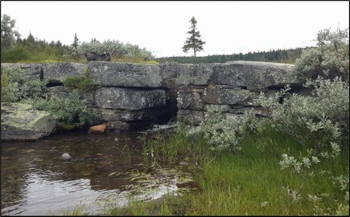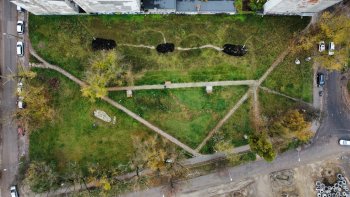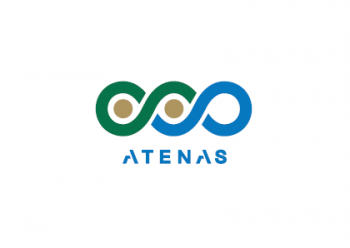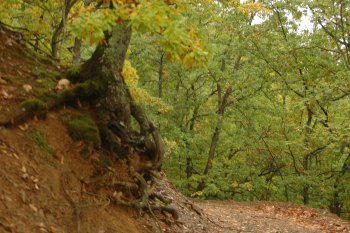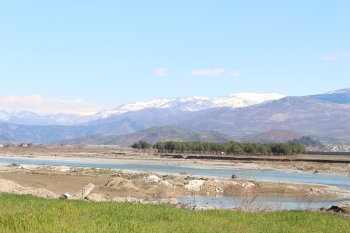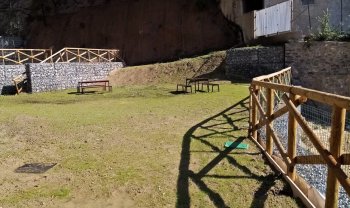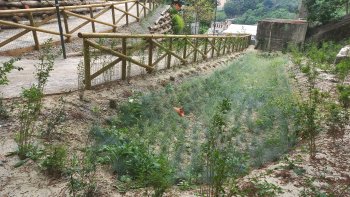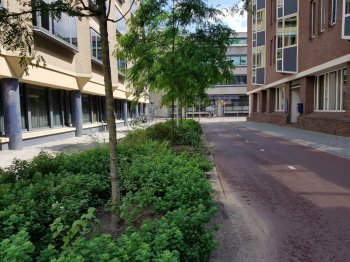Buffer strips along canals in the area of Lake Massaciuccoli
The main problem to solve with the implemented NbS measures is the runoff of soil and pollutants from the farmland to irrigation canals and from there to the nearby Lake Massaciuccoli on the Tuscan coast.
Through the H2020 project PHUSICOS buffer strips have been implemented to prevent runoff of pollutants from farmlands. The strips will also prevent runoff of sediments, which also serve as a flood mitigation measure.


